本篇文章的中文版,请参阅 我的慈善工作2——非洲初经历 (Link to Chinese translation.)
In my first article I explained how my family had influenced me towards charity work. It was an important part of our practice of a Christian way of life. In this article I trace some of the changing beliefs and attitudes in the West and how I became aware of different forms of charity work. I also discuss my experiences in Africa where we lived as a family and where I taught high school for the years 1969-71.
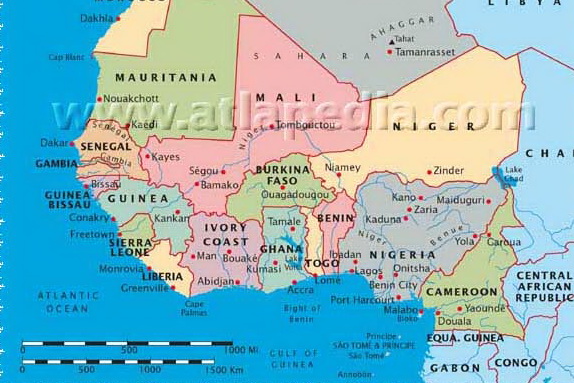
The strong religious roots of charity work.
Historically in the West, attitudes of people towards “the poor” have been rooted in the same religious beliefs that were part of my childhood.
The origins of public schooling in such places as Britain and America were mostly a history of churches taking steps to promote education. For instance, during the industrial revolution in England, child labor was commonly practiced. The only schools for the poor were church schools that operated on Sundays (the day of rest). Literacy was promoted to enhance both the personal and economic development of youth. It was also valued as giving individuals the ability to read the Christian Bible directly and thereby to promote understanding of what God was saying to his human creatures.
Many of the first universities in Britain, American and other places were started by Christians, often as the training centres for clergy (church ministers and priests). And so it was many years ago that the most highly educated people in towns and villages were the people giving leadership in churches.
But the interest in providing other forms of social services, including hospitals, was also part of the Christian way of life.
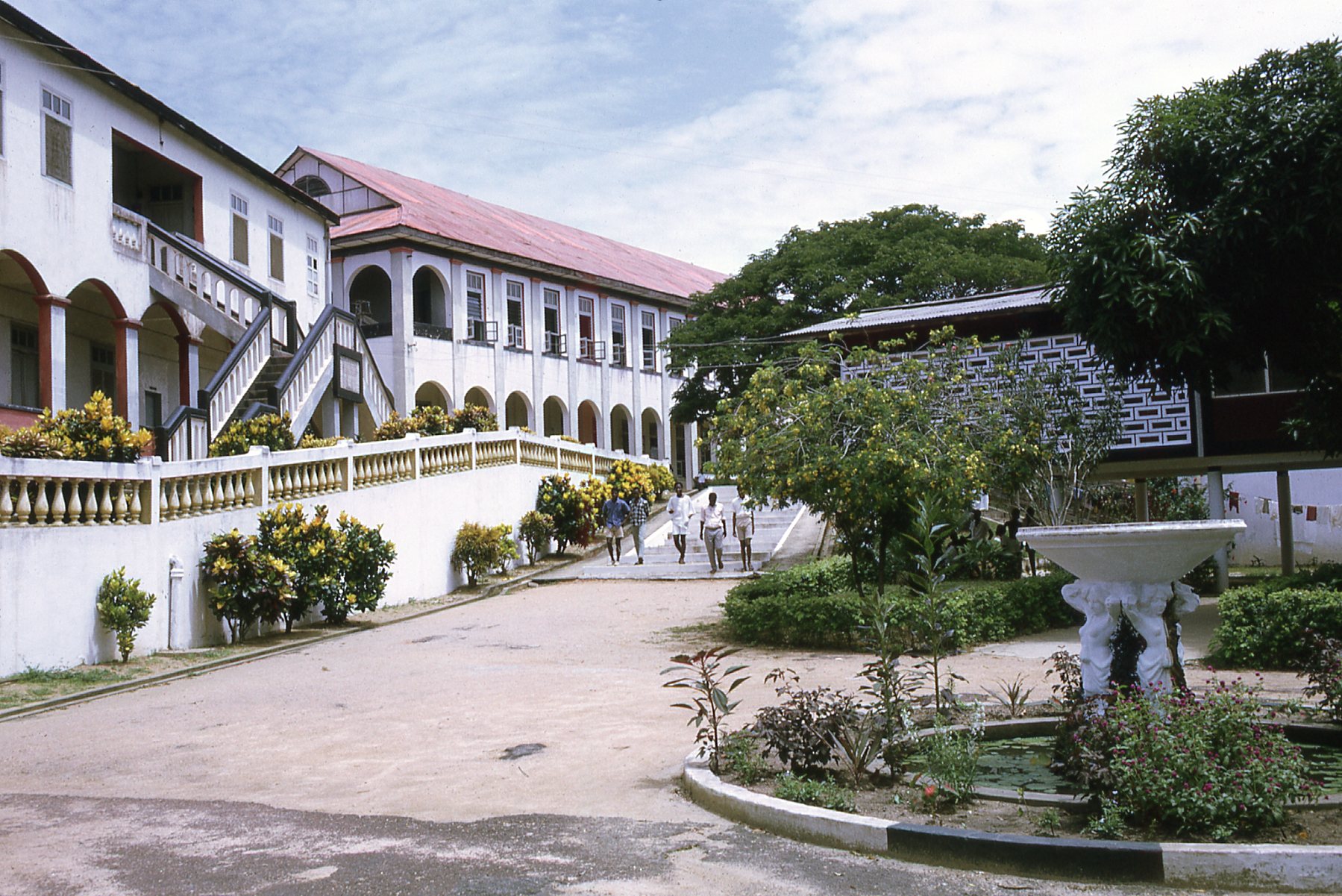
Care for people later assumed by governments
Over time, the state assume responsibility for funding and operating schools, hospitals and many other forms of social assistance. For a time, the church and the state had parallel systems of social services in the West.
As examples, I was born in a village hospital in rural Canada that was operated by the Catholic Church. When I became a teacher, I taught in a school in the mid-1960s that was also run by an order of Catholic nuns. While many of these institutions are now fully funded by the state, there continues to be a strong Christian leadership in many social services.
During colonial times in such places such as Africa, India, and even China, it is well-known that foreign Western powers were primarily interested in matters of trade and political control. The traders and the military men had little interest or ability to offer humanitarian help and care. Because of the history of religious involvement in these matters, colonial powers often sought the cooperation of Western churches to establish schools and hospitals.
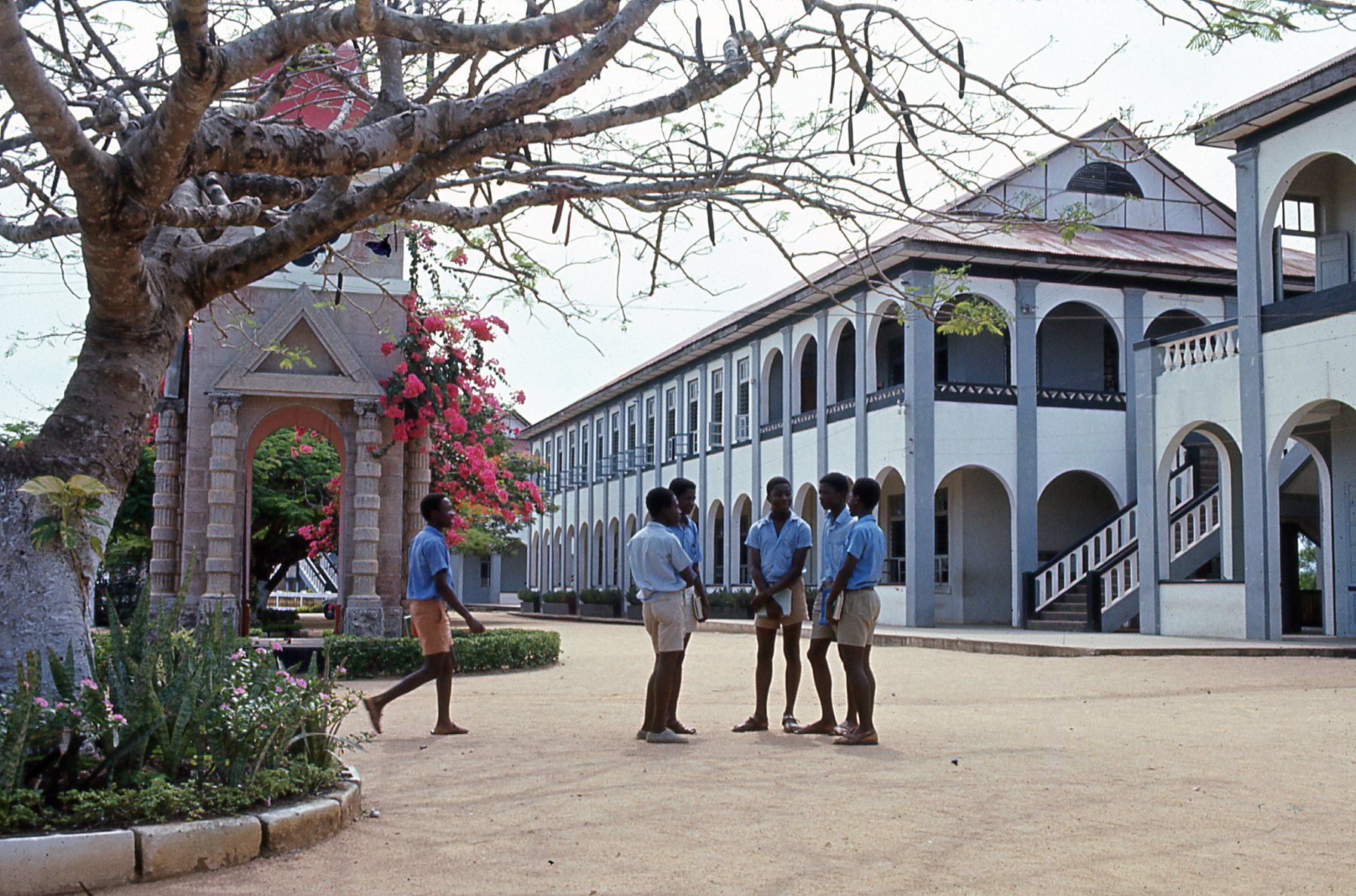
So, how does this relate to my interests in charity work?
I viewed it as stepping into a long tradition of educational charity work in Africa. However, it is true that I went to Africa more as a mercenary (being paid well for my work) than as a volunteer (which was more like a missionary). I had a good salary and was employed by the Canadian Government in the newly organized Canadian International Development Agency (CIDA). Although I had always been fascinated by the work of missionaries and even other agencies that better exemplified the work of charity, I was now actively engaged in similar overseas activities. The difference was, the Canadian government was paying my way, most likely for political reasons rather than individuals paying my way for religious reasons.
The emergence of CIDA in Canada is part of a pattern in the West where governments, over time, have taken on the responsibility of providing more and more social services. In fact, the word “charity” sometimes now has a negative meaning especially when social policy in Canada has evolved to the point where basic social services are now regarded as a basic “human right.” The idea is that the poor deserve something better than just the hit-and-miss efforts of individuals and small organizations providing help. The people of Western countries have now decided that it should be the responsibility of their governments.
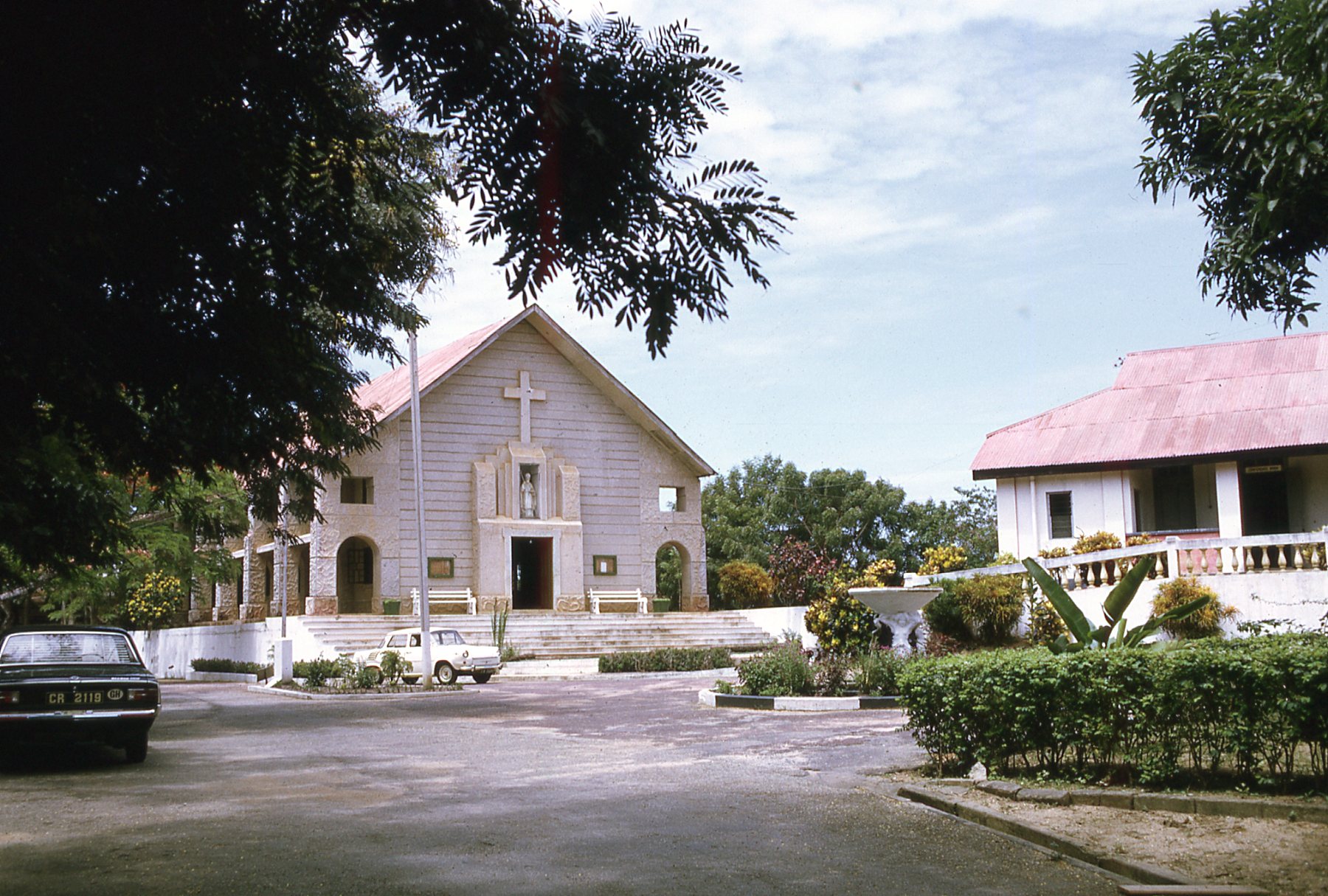
History of early missionary work in education
Adisadel College was one of five major residential secondary schools in the small city of Cape Coast, Ghana. These schools were judged to be among the best in the country and students from all over Ghana competed for admission.
Our school was started by British Anglicans (also known as the Church of England). Two others were started and staffed by British Methodists, and others by Catholics.
By the time I arrived, these schools had all been transferred to government control, but many of the religious connections and practices continued to be maintained.
Opportunities to view missionaries in action
During the two years we lived in Ghana we were lucky enough to own a car, and had opportunity to travel. We wanted to visit Nigeria, especially, to locate the woman missionary that my mother had supported for so many years.
We found her in the small town of Kagora, where the mission organization (SIM) had established a church, schools and medical facilities. We also had the opportunity to visit other locations throughout Nigeria as far north as Kano where SIM operated an eye hospital, doing many hundreds of operations a year for local people who suffered from blindness caused by insects in the region.
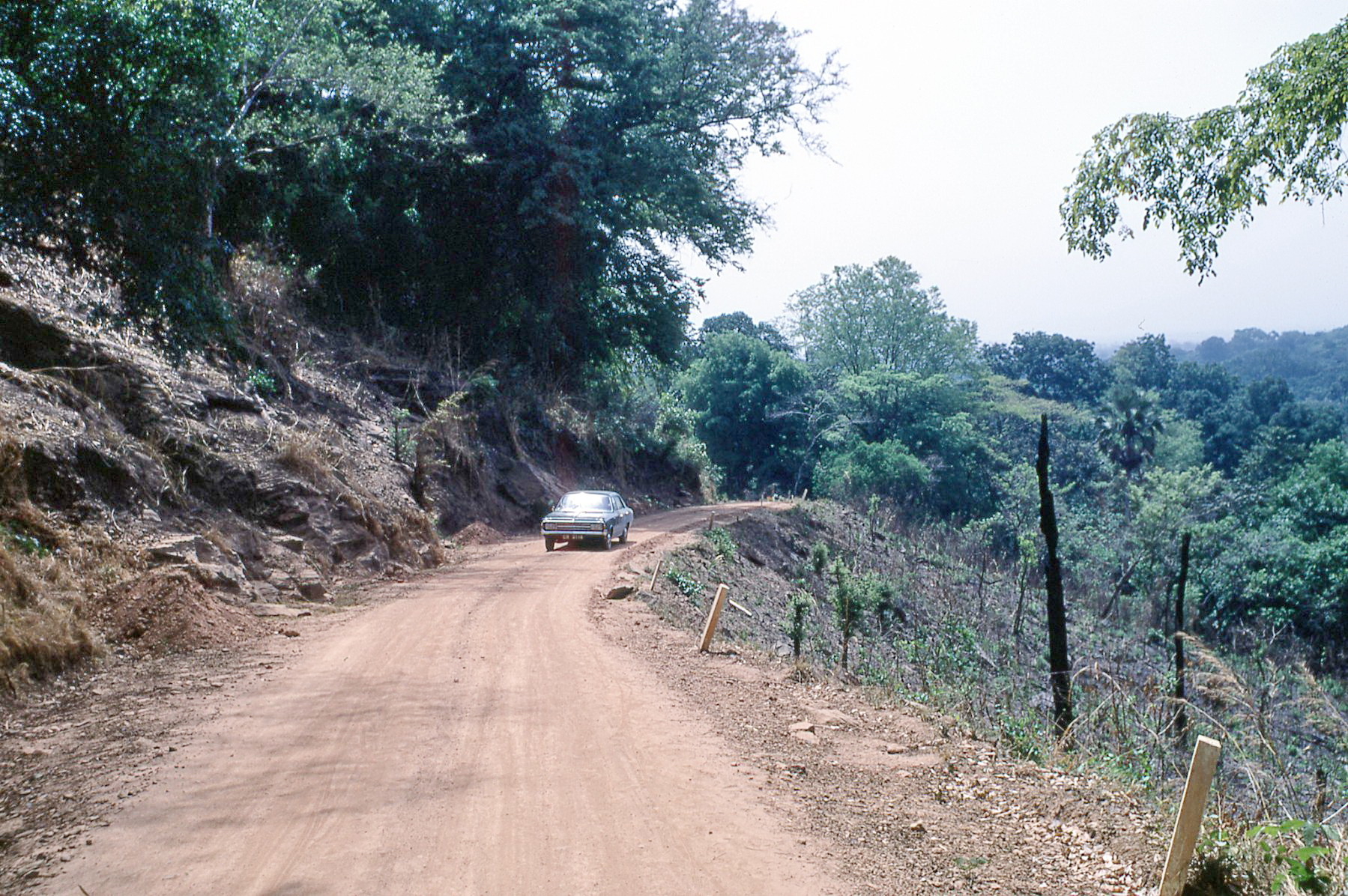
Early history of the SIM organization
I learned something about the history of SIM International and how it had its roots in Canada Later, I also learned how it’s approach was modeled on developments for implemented in China.
In 1892, three young men from Canada went to Nigeria as missionaries. Their plan was to follow the model of the China Inland Mission (CIM) and, in this case, to take the Good News into the interior heartland West Africa. As a result a mission was established with the name Soudan Interior Mission (SIM).
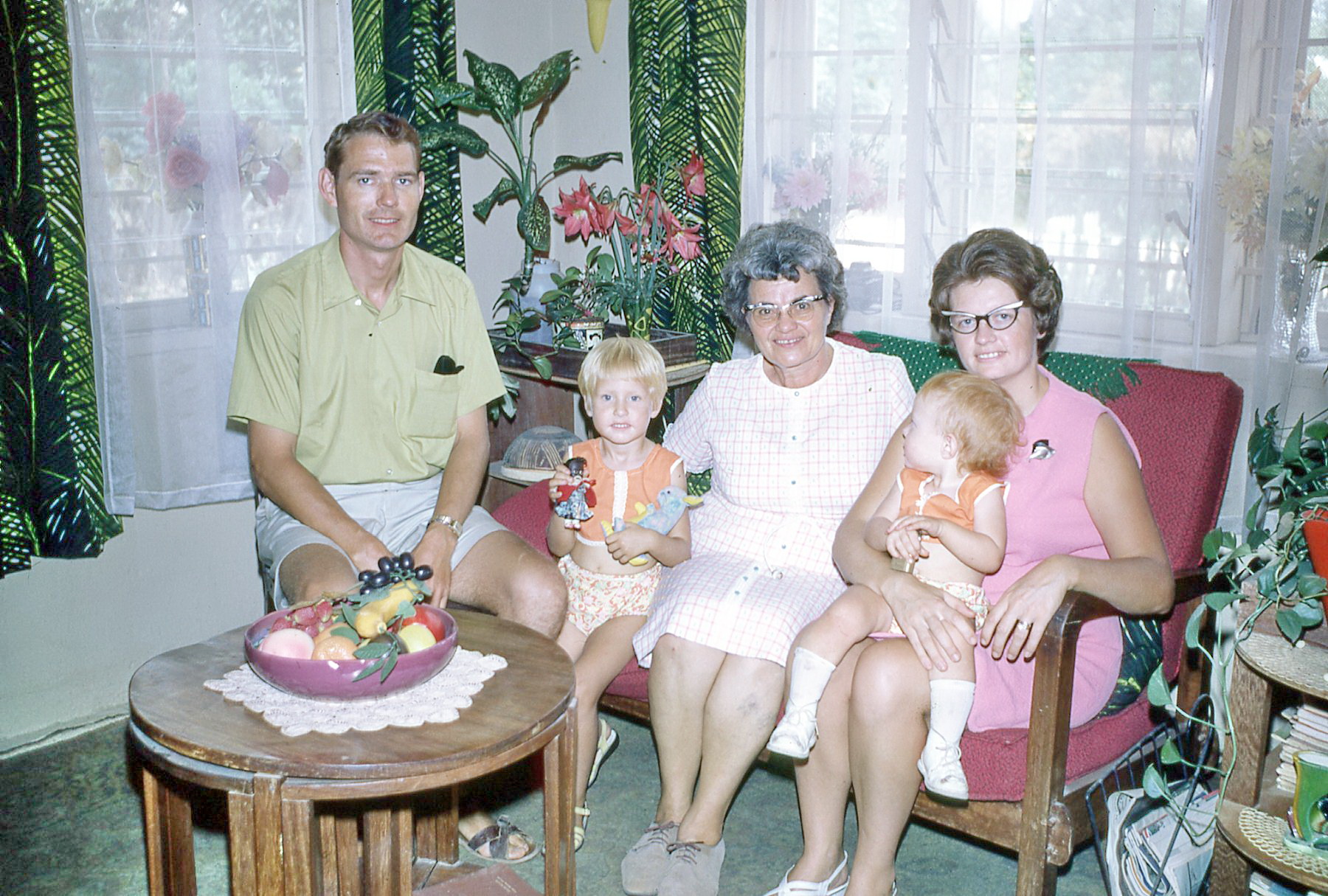
Both mission organizations, CIM and SIM, operated on the firm belief that it was necessary to take risks (of health and safety) to meet the common people where they lived, and to teach the faith and develop needed services.
Prior to this, the most common pattern of missionary work during the colonial period was done by missionaries staying close to the colonial government settlements, normally along the coastlines of countries.
In contrast, missionaries chose to leave the security of colonial settings and venture into the heart of the foreign country. The approach involved many dangers to foreigners. In the case of the three young men from Canada who first attempted this strategy in Nigeria (1892), two did not survive the local tropical diseases and were buried in Nigeria.
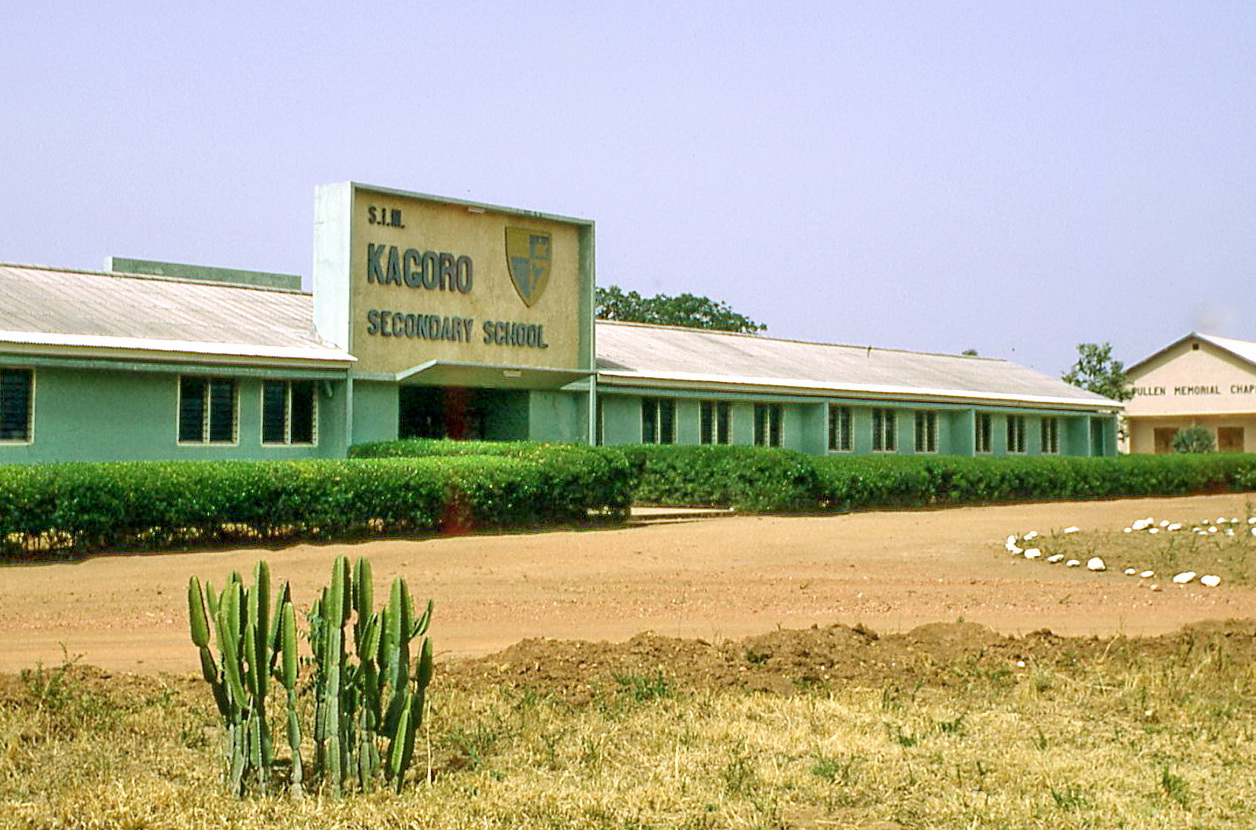
New forms of help: development assistance
While I did not go to West Africa as a missionary, my experiences there opened my eyes to the history of development work commonly done by missionary organizations. I learned how individuals and organizations chose, over those early years, to become involved in humanitarian work in many parts of the world.
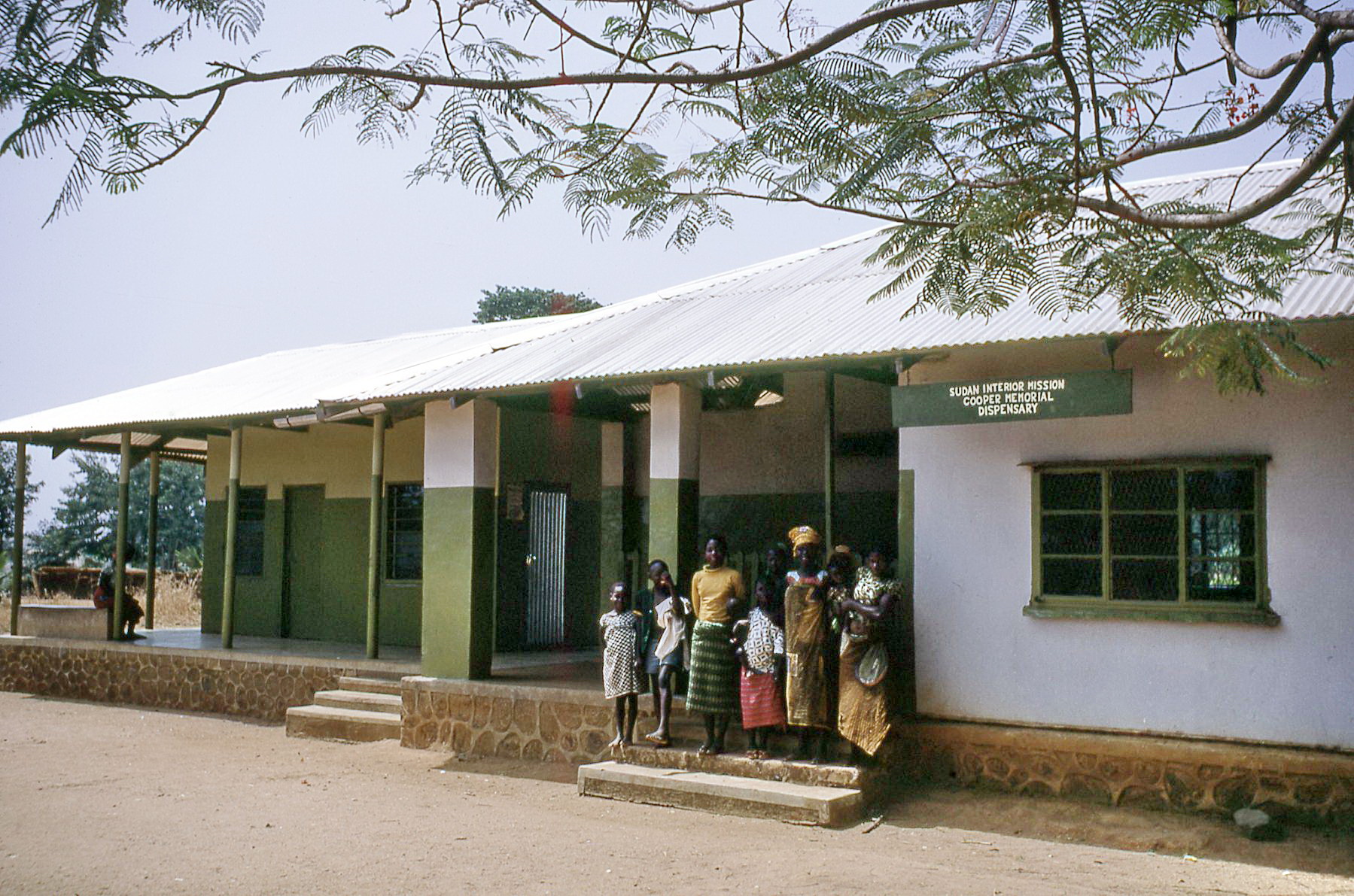
Later I had other opportunities to be involved as a volunteer both with SIM and with other non-government organizations (NGOs). In future articles, I hope to tell more stories of my opportunities to return to Africa and also to explain how “development assistance” continues to be provided by Christians in many areas of “the developing world.”
More photos of our time at Adisadel College, are here:
Other related links:
This article was first published in China, 2011/04/16 on the 3Us website:
Note: By 2019 09, this article had 4594 hits on the 3Us website.
First published here: 2021/03/24
Latest revision: 2021/04/14